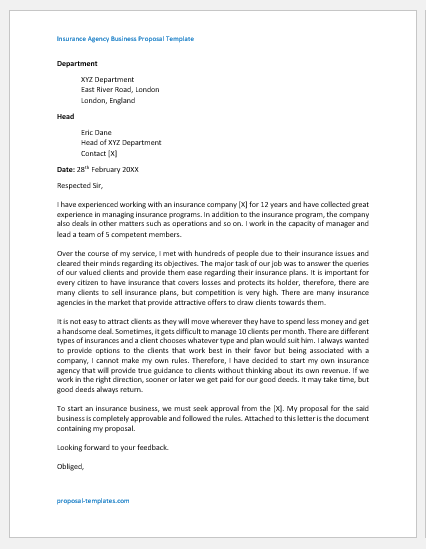If you are someone who provides the services of office renovation, you should write this proposal. By writing this offer document, you let the recipient know about your existence in the market and the services that you provide. The proposal gives so much information about the service provider
People who are adept at providing remodeling services to workplaces and homes usually know their work capabilities and potential and often write such proposals. They believe that they should reach out to people who are potentially in need of remodeling services.
Sometimes, the remodeling proposal is written because the person wanting to render service solicits the proposal. They want to know the remodeling budget and some other details. In this situation, a solicited proposal is written.
Solicited and unsolicited proposals are the same in terms of content. However, solicited proposals are more specific since they are written by meeting the needs of the potential client.
Many people know the format and content to be added to the proposal and they successfully write a proposal. However, their proposal never succeeds in getting the attention of the reader because they make certain mistakes. Below are some tips that can be taken into consideration for writing a professional-looking offer document:
Know the client:
Not all renovation service providers are suitable for all clients. However, they try to be suitable and relevant by taking some measures. The first and foremost step to becoming relevant is to conduct the research and wrap your head around the needs of the client. If you are an expert in the field of renovation, you must be aware of the remodeling needs of offices.
However, the person you are writing this proposal for might has some different needs. Therefore, it is important to know the client before writing the proposal.
Avoid writing a generic proposal:
Many professionals working in the field of construction and reconstruction usually have a traditional approach to finding clients. They generally write a single proposal that they think is one-fit-for-all and then send it to all the potential clients. This can be a good thing to do in some cases.
However, in most cases, people reject the proposal when they learn that it is not relevant. So, it is recommended that you always write a proposal keeping the specific needs of the client in mind. Tailor your proposal to the needs of your client every time you decide to send it to someone.
Write a brief executive summary:
Every proposal has a summary that briefly explains the entire proposal. People usually read this part of the proposal first to know if it is going to interest them. If the summary is convincing and engaging, they will read the entire proposal otherwise, they will discard it right away.
People usually make the mistake of not writing an efficient summary. So, even if their proposal is attractive enough, they will not be able to reap fruitful results without writing a convincing summary. Moreover, the summary should be written in a brief manner.
Know your client’s needs:
An effective proposal can be written only if you can understand what your client has been on the lookout for. You cannot come up with an effective proposal if you don’t know why the client wants the remodeling to be done, how much time the client wants the refurbishing to be done, and what outcomes he is hoping to see.
Nothing can ruin the proposal more than a misunderstanding in the mind of the proposal writer. Therefore, always try to clear all the misunderstandings and then start writing the proposal.
Avoid excessive discussions
When you are trying to win over your client, you might find it very tempting to write a proposal with a long discussion about your work and different technicalities to prove that you are the best choice. Writing unnecessary things in the proposal is detrimental to the success of the proposal. The client loses interest in the person who admires his team and services.





